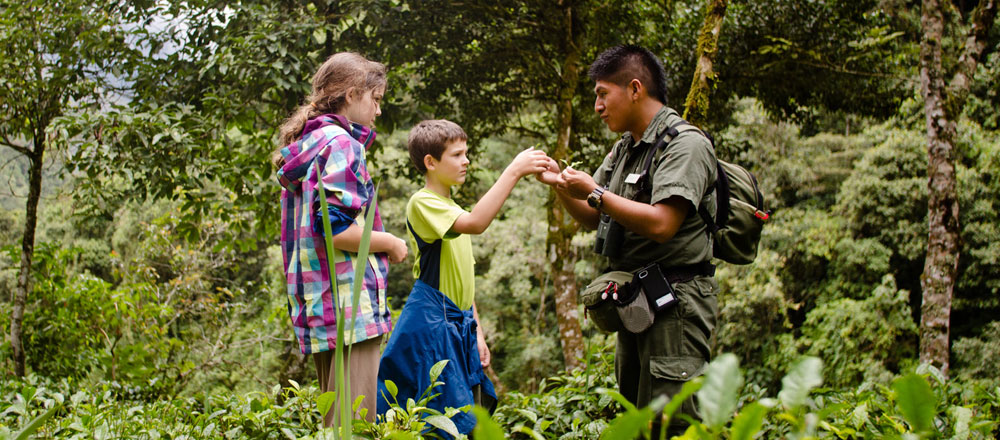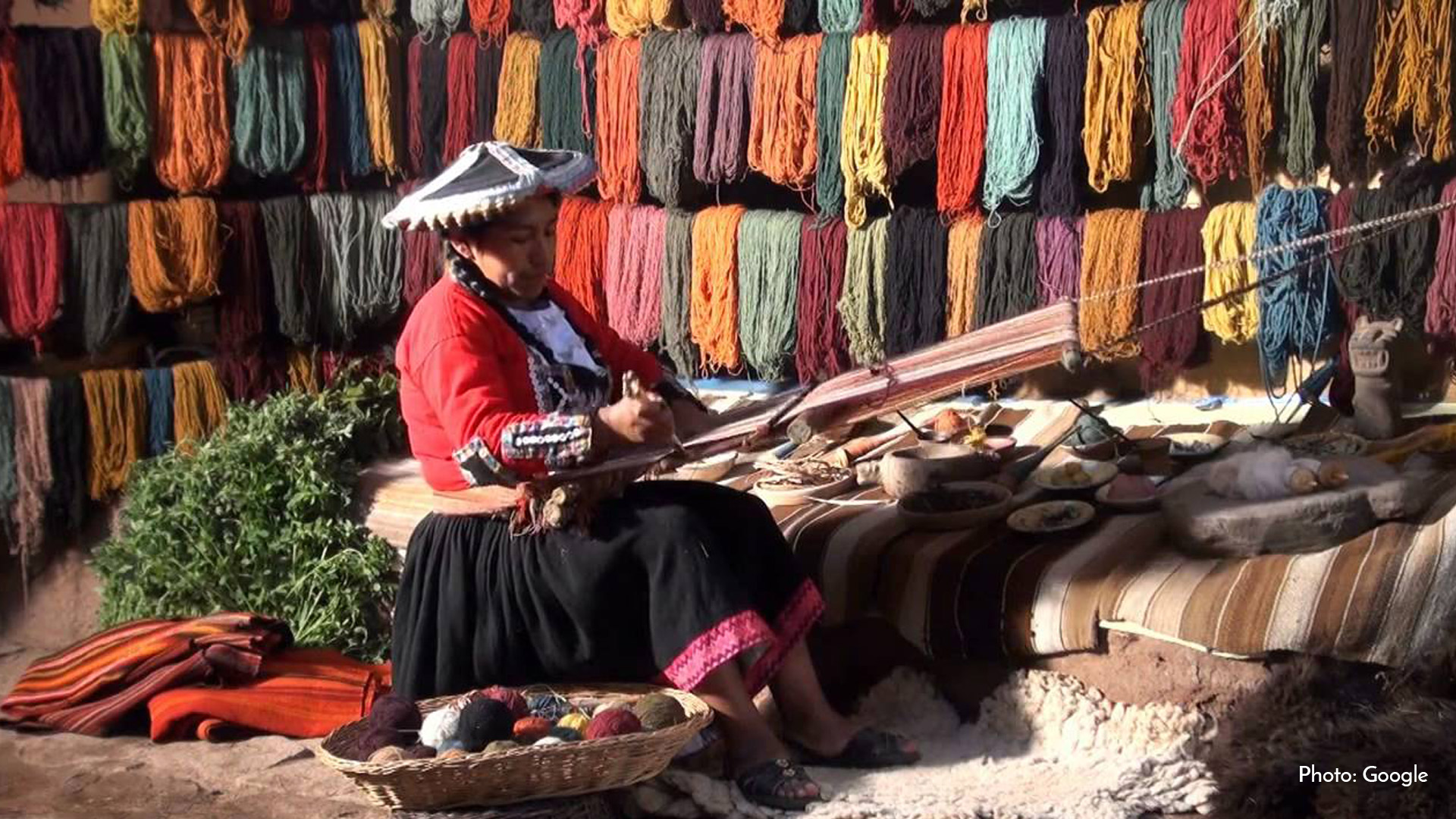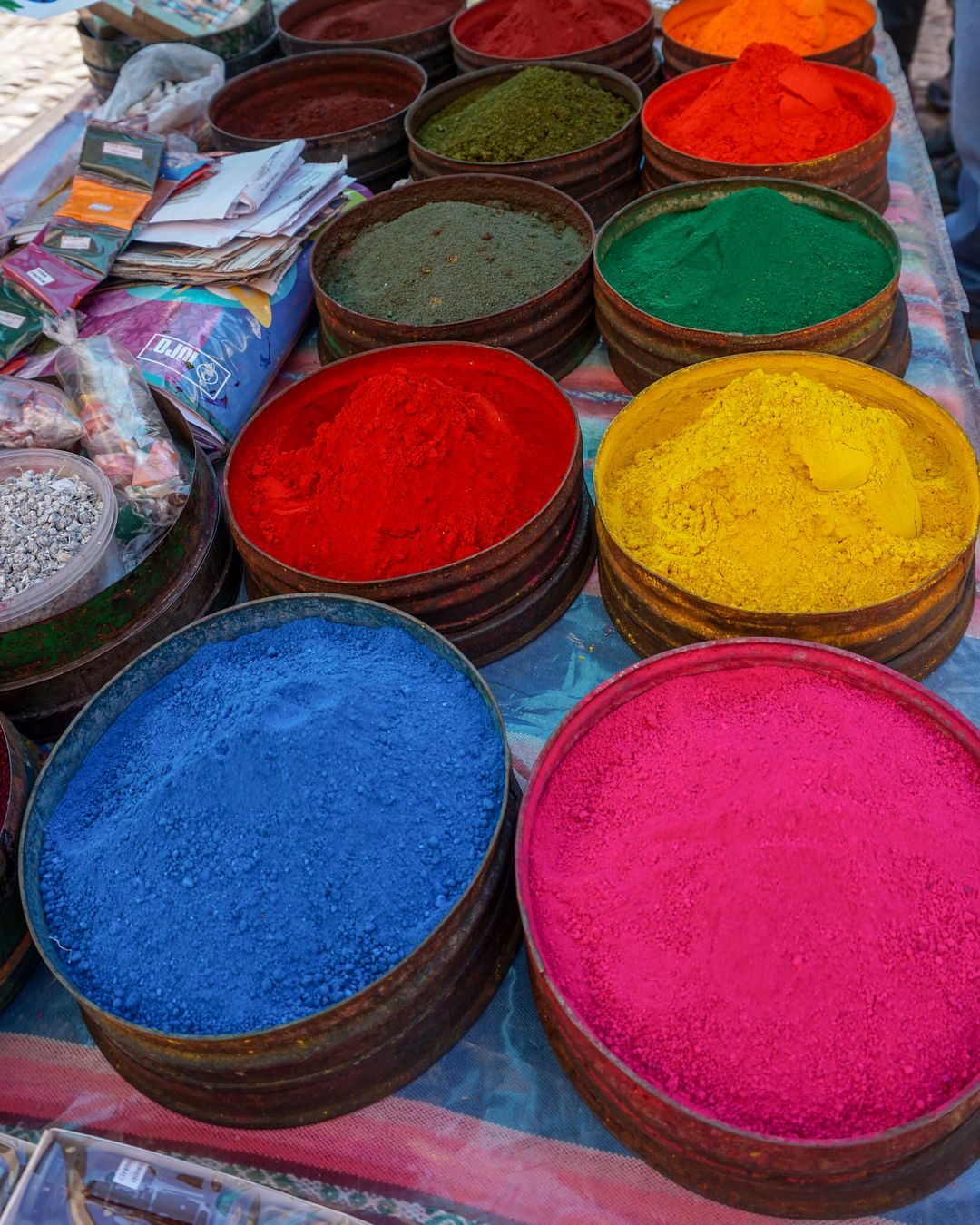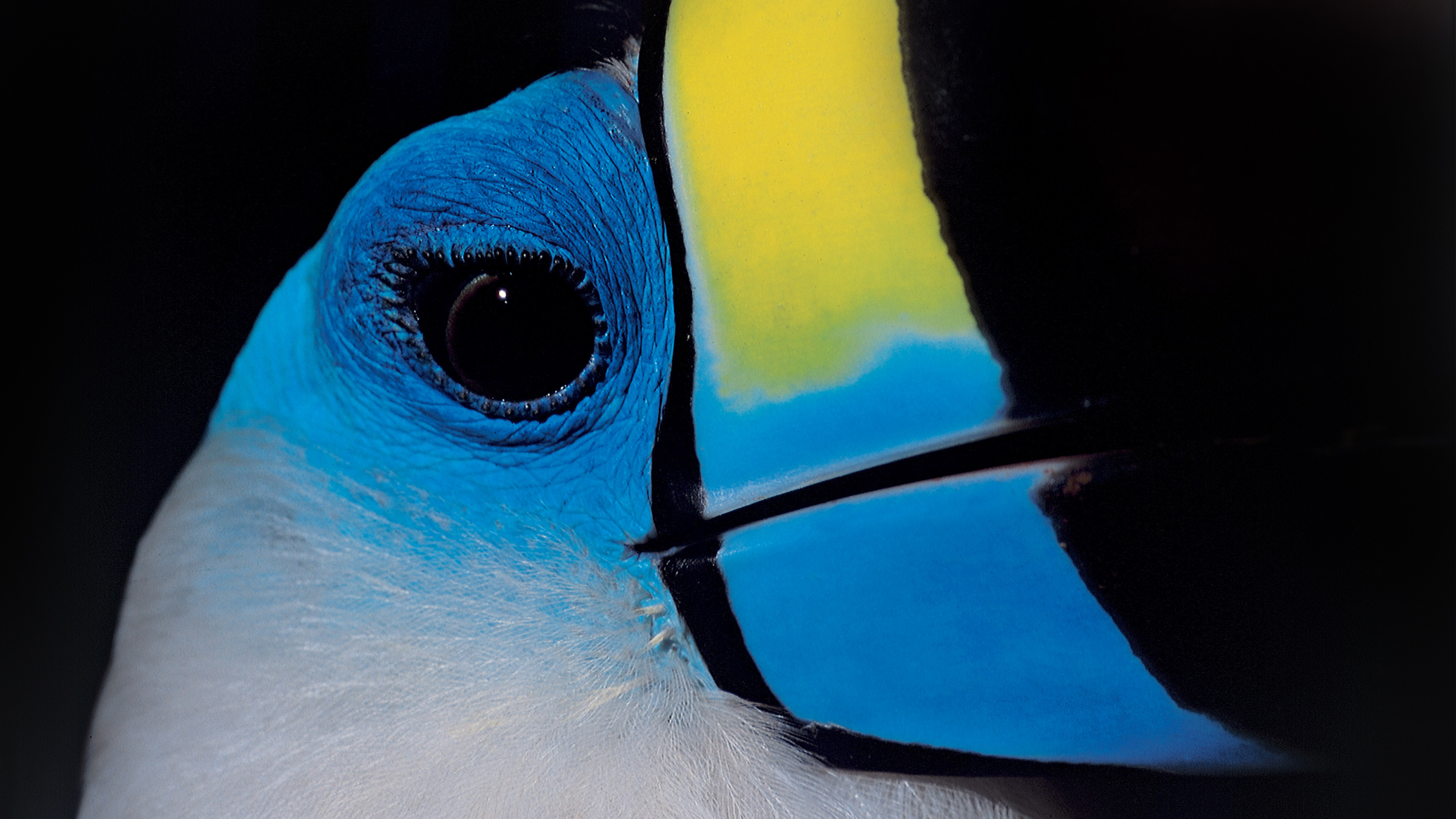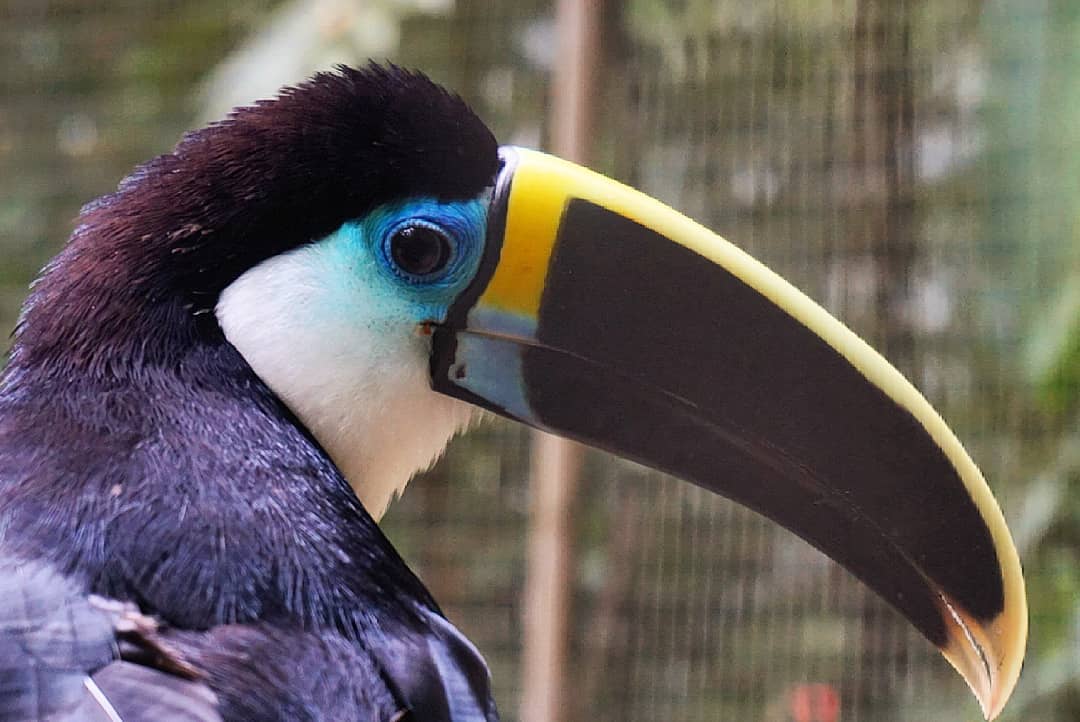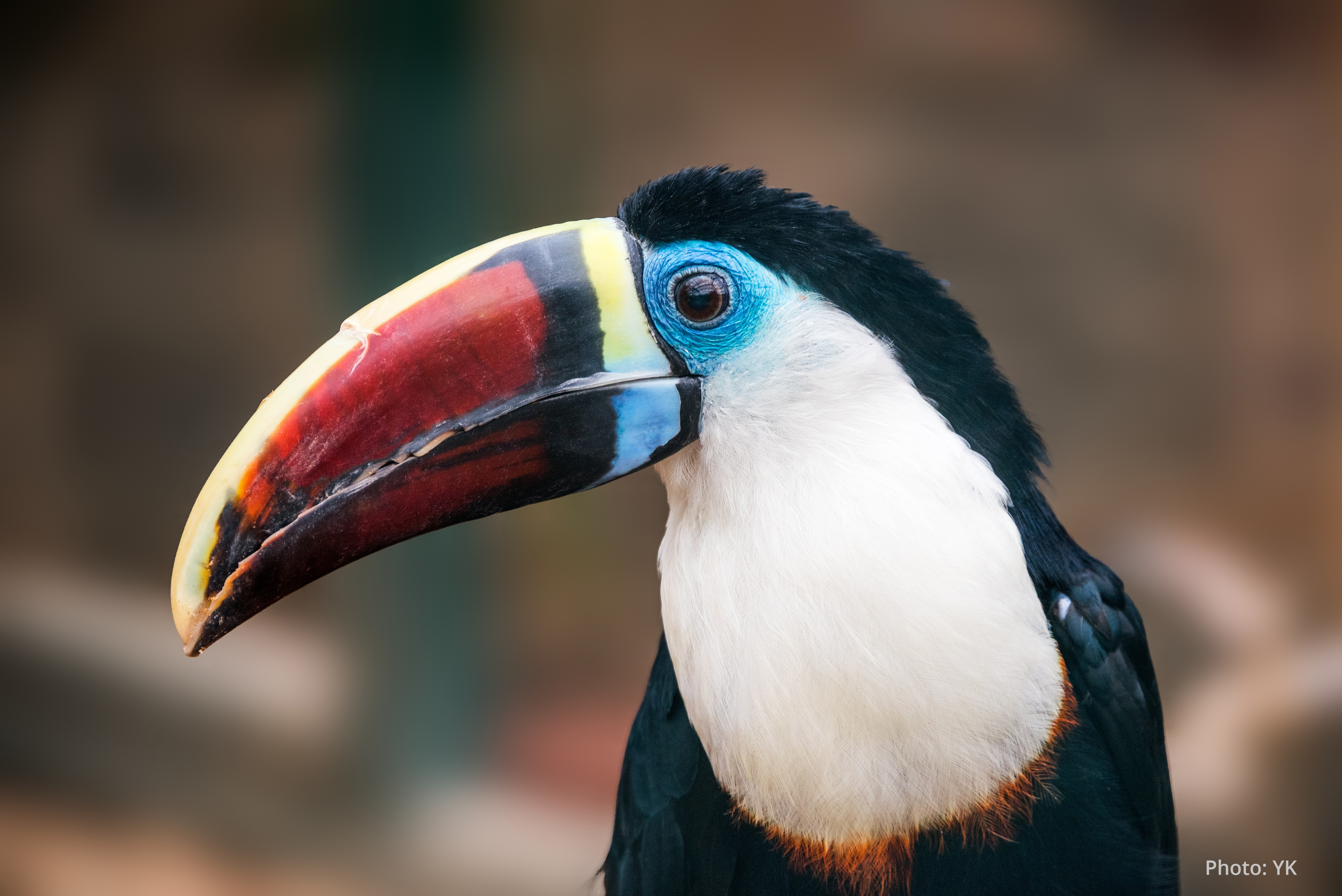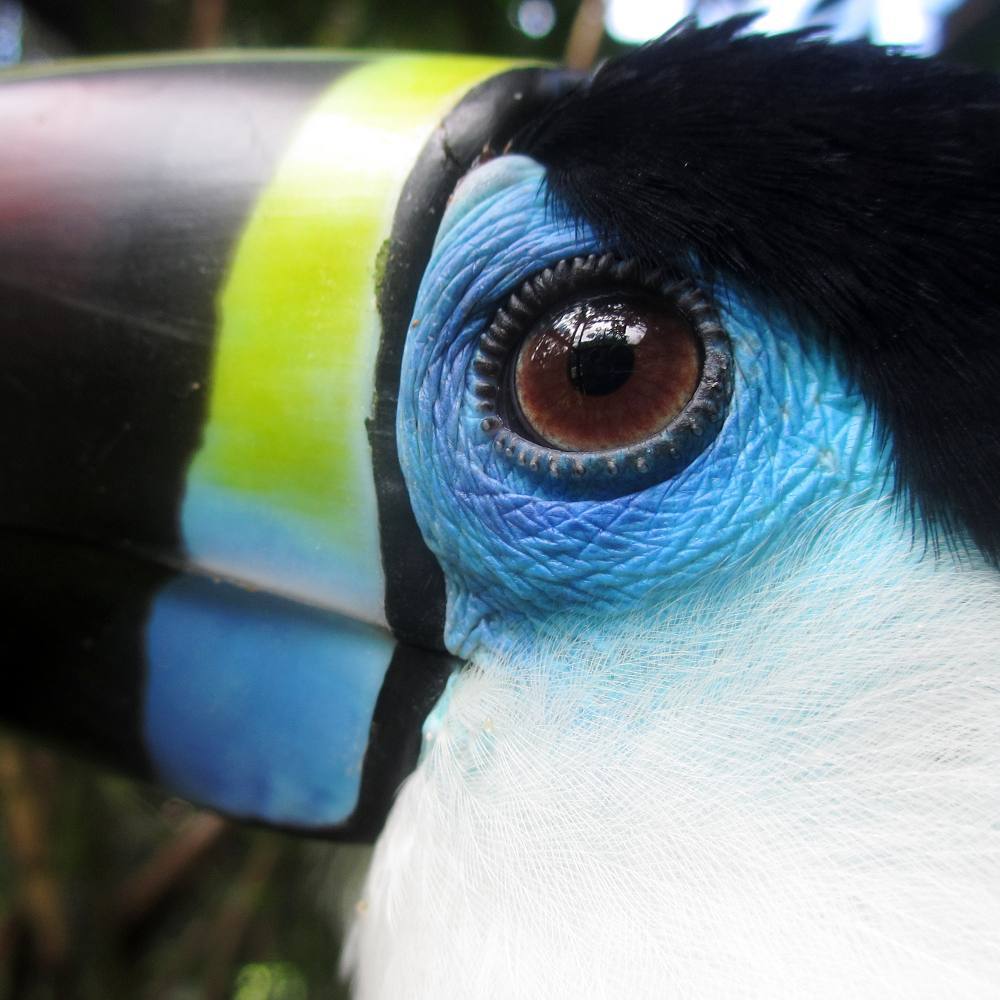As you may have read in our August Newsletter, we are extremely excited to announce that the serene Mayu Spa at Inkaterra Hacienda Urubamba is now open.
Nestled between historic Cusco and the impressive Machu Picchu, surrounded by breathtaking mountains in the Sacred Valley of the Incas, you will find Inkaterra Hacienda Urubamba. The contemporary hacienda-style boutique hotel provides guests with a stay in the Andes like no other. The newest addition to Inkaterra Hacienda Urubamba’s unique property is the Mayu Spa, meaning ‘River’ in Quechua.
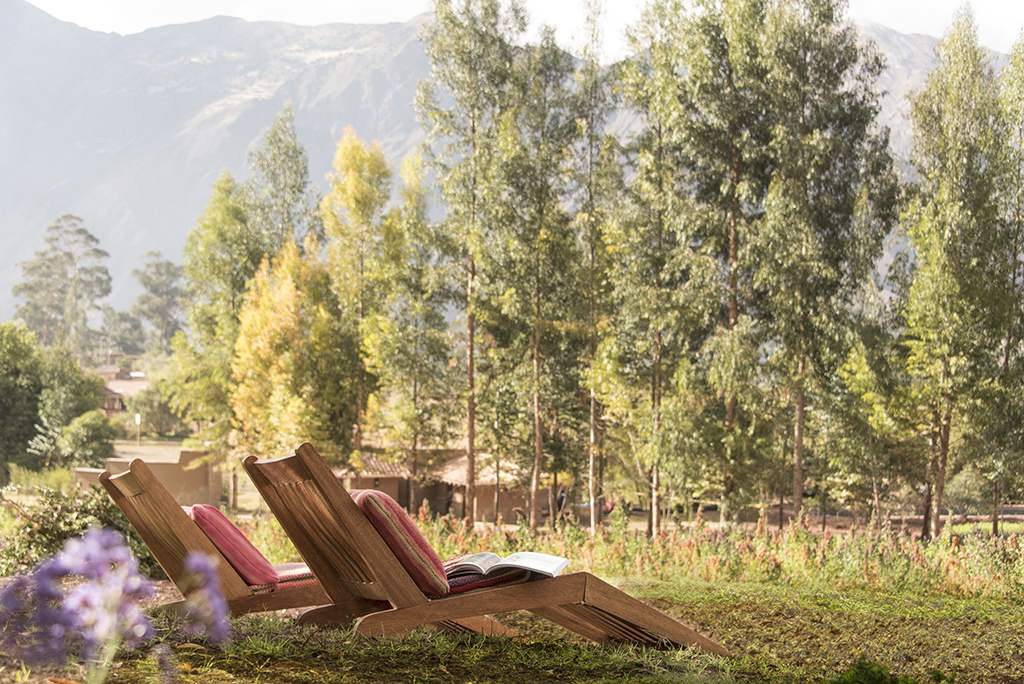
While you look across the undisturbed foothill between our organic orchard and the vibrant Peppertree forest you can find the Mayu Spa; the wellness centre creates a truly peaceful area with rooms and casitas inspired by traditional Andean architecture. In a location with open space and inspiring views, Mayu Spa is the perfect place to go off the grid and relax after hiking Challa Huasi or spending a moment at the Chicha house, making your own Chicha de Jora.
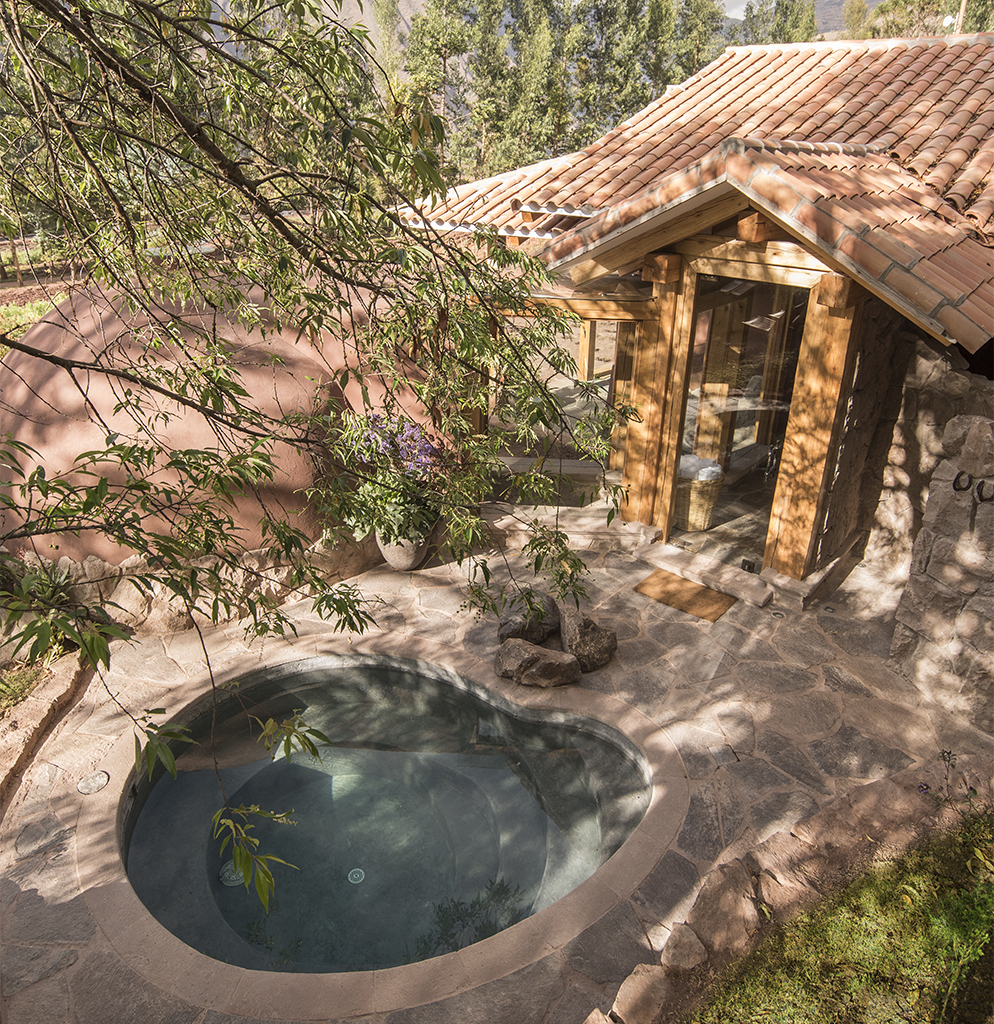
With stunning scenery and a plentiful botanical garden neighbouring the tranquil spa, you will discover the ingredients used throughout each treatment are 100% natural, with most growing just outside your room.
Take your pick of a variety of specially designed treatments reflecting the natural surroundings, from a rhythmic Andean hot stone massage, using stones from the nearby Urubamba river, to the ancient practice of reflexology. The luxury doesn’t stop there, take a dip in the outdoor plunge pool to revive yourself after a calming dry sauna session. Enjoy a truly holistic day at our Mayu Spa – the most relaxing way to start or finish your Peruvian adventure.
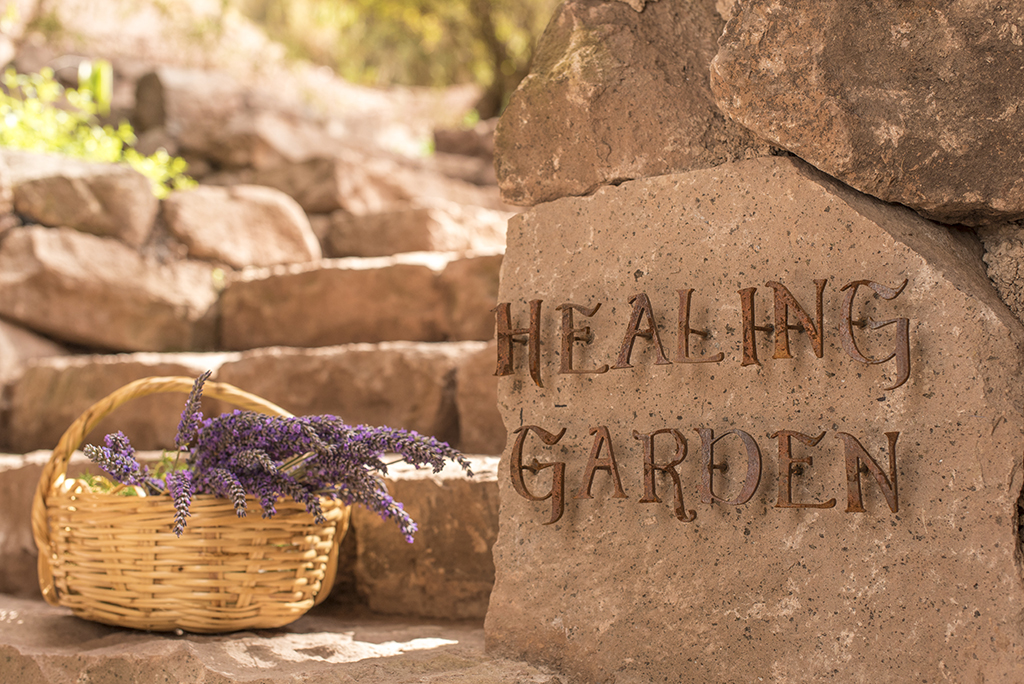
Whether you are searching for intrepid exploration, breathtaking views or looking for remote tranquility, Inkaterra Hacienda Urubamba can cater to all your needs, all year round. Find out more about the Mayu Spa, Inkaterra and Peru by visiting our website Inkaterra.com
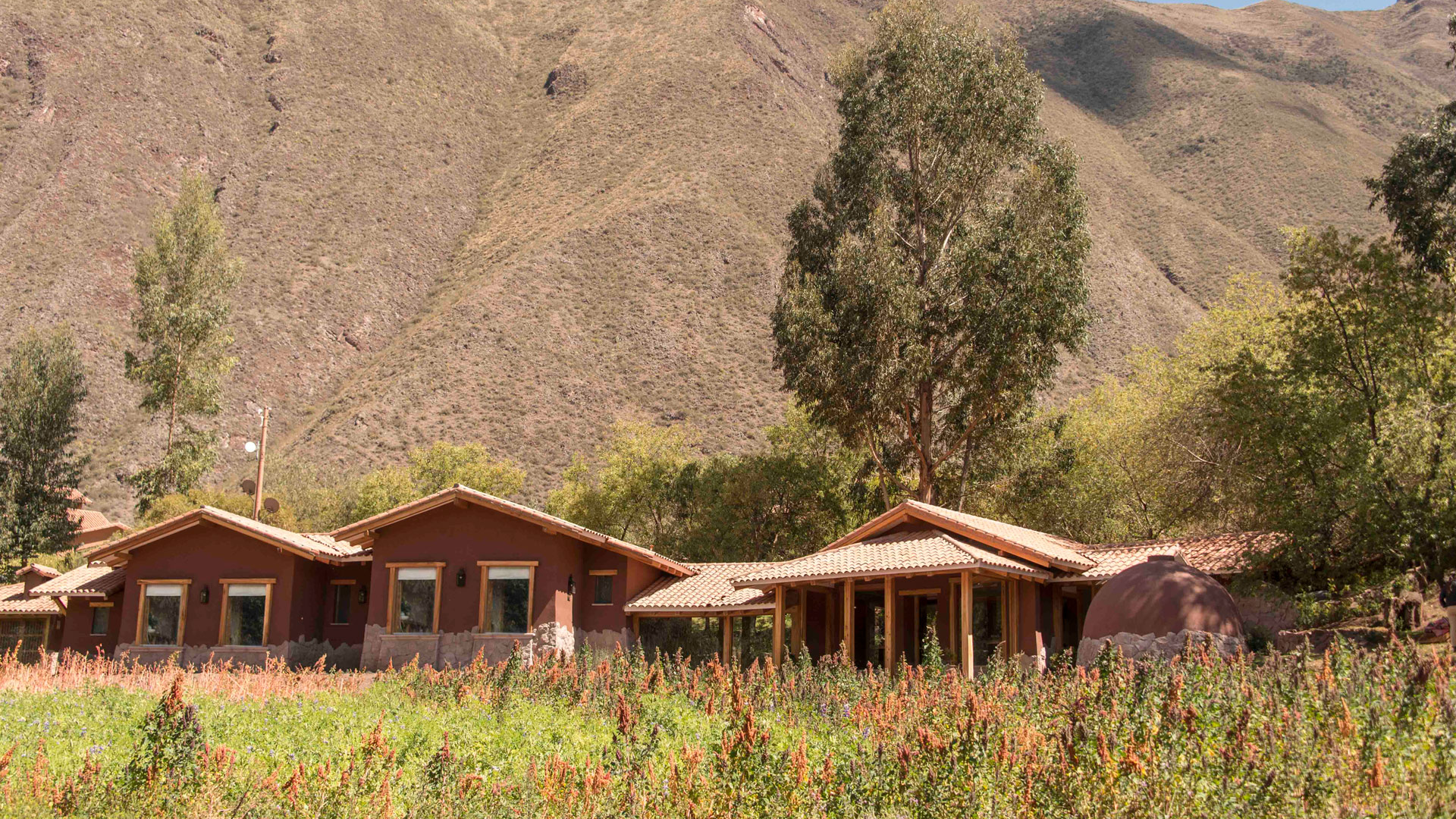


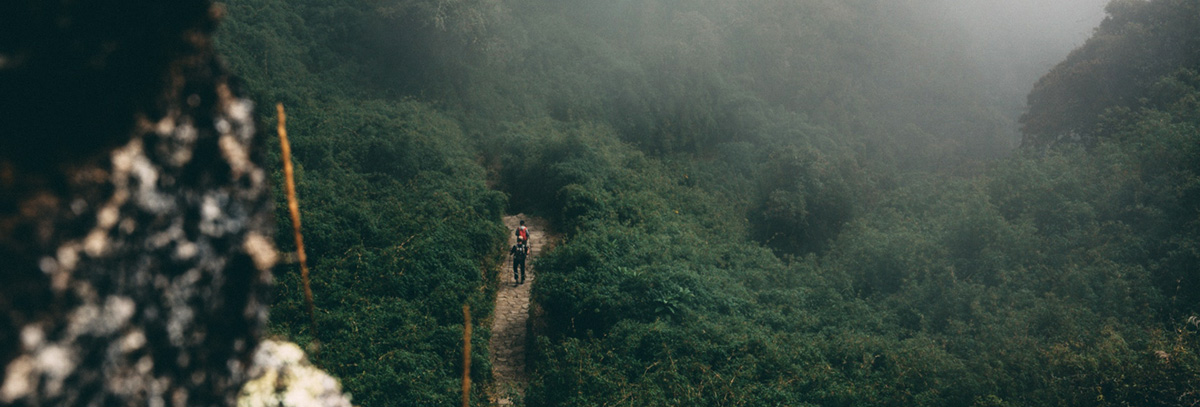
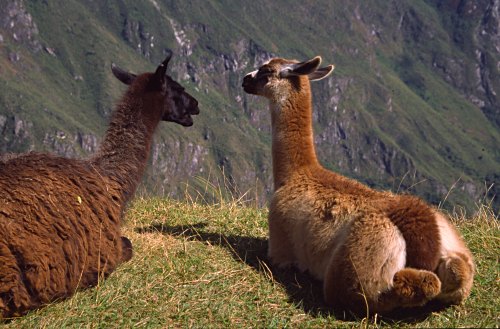
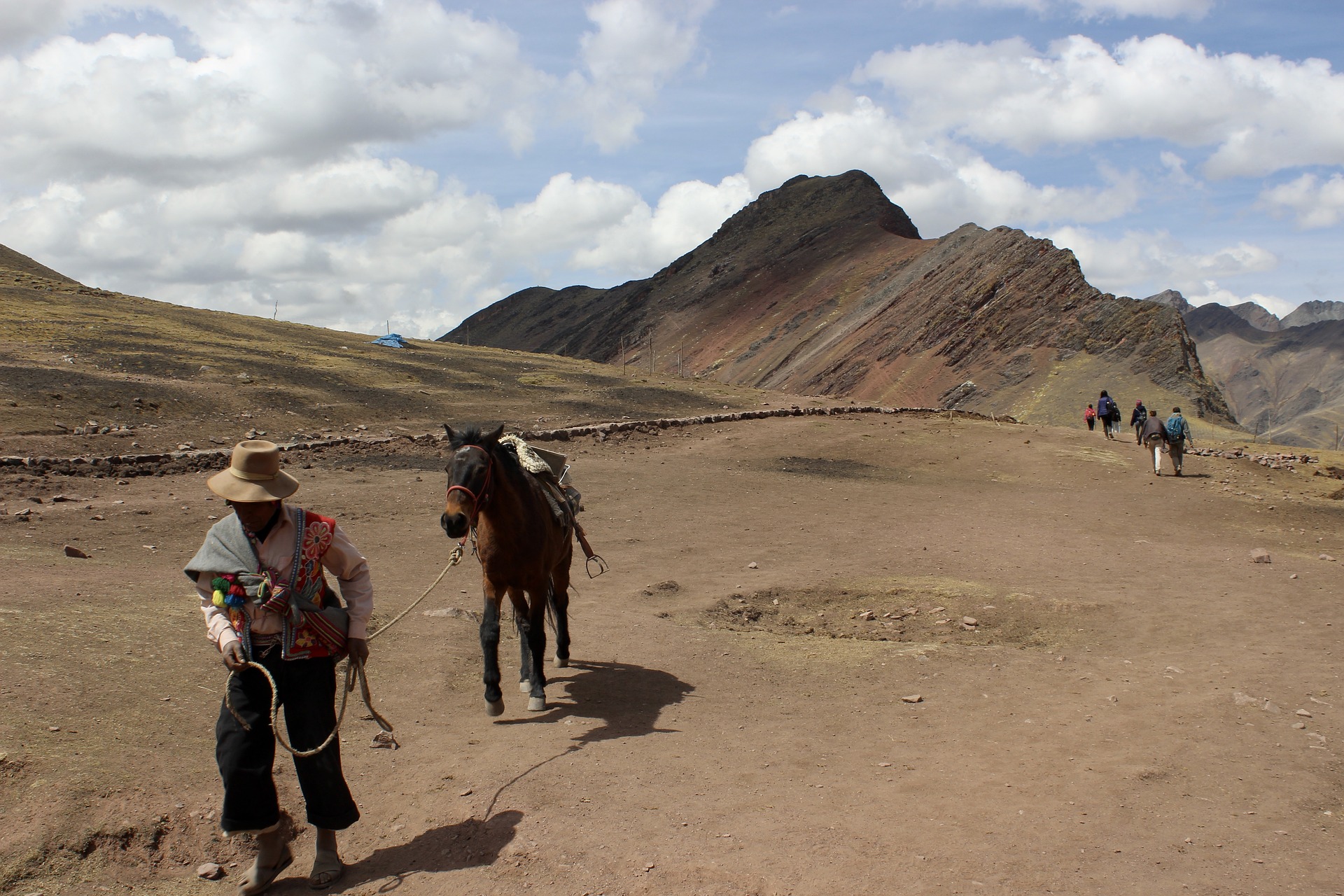
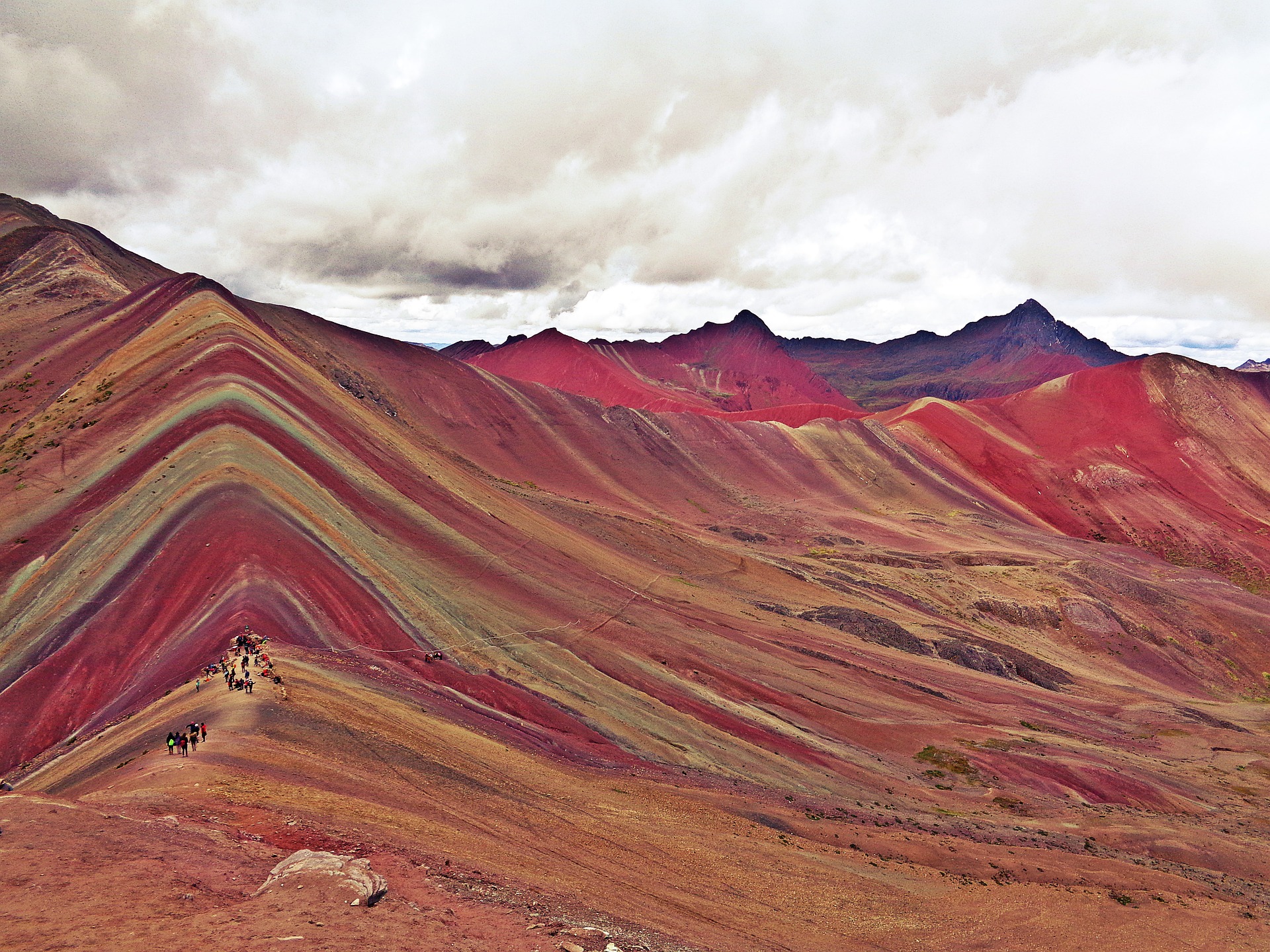
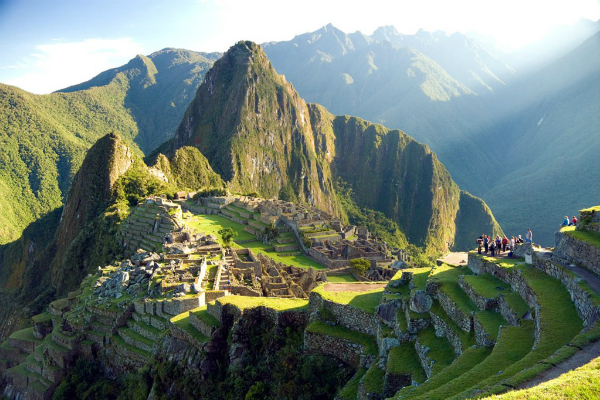

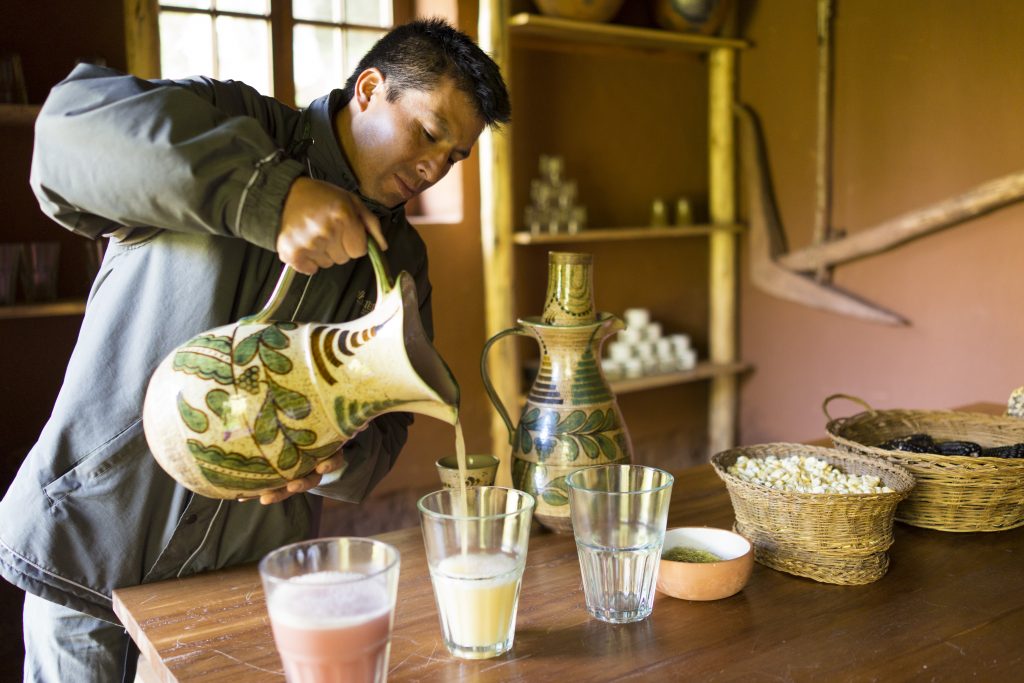
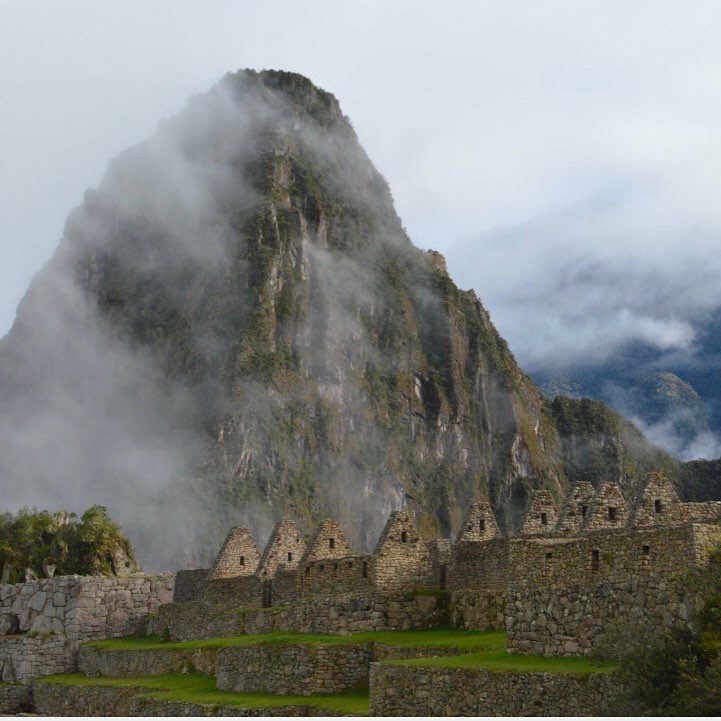 Photo by sherrylanetravel
Photo by sherrylanetravel